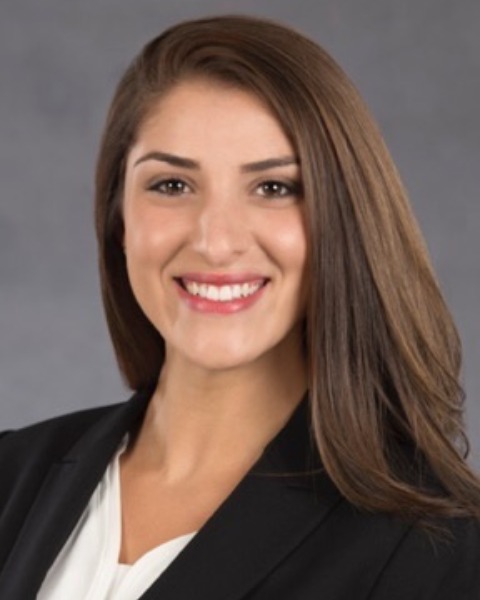Poster Session 1
(292) Association of primary language with pain and opiate use following cesarean birth

Metabel T. Markwei, MD, MSc (she/her/hers)
Resident Physician
Stanford Healthcare
Palo Alto, California, United States
Noor Joudi, MD (she/her/hers)
Dr. Noor Joudi
Stanford University
Palo Alto, California, United States- JH
Janet Hurtado, BA (she/her/hers)
Senior Clinical Research Coordinator
Stanford University
Palo Alto, CA, United States - SS
Samantha L. Simpson, BA
Clinical Research Coordinator Associate
Stanford University
Palo Alto, California, United States - NR
Nidhee S. Reddy, BS
Stanford University
Palo Alto, California, United States - JB
Jordan J. Burgess, BA
Stanford University
Palo Alto, California, United States - ES
Elizabeth B. Sherwin, MPH
Biostatistician
Stanford University
Palo Alto, California, United States 
Stephanie A. Leonard, PhD (she/her/hers)
Assistant Professor
Stanford University
Palo Alto, California, United States- MS
Miriam Schultz, MD
Stanford University
Palo Alto, California, United States - BC
Brendan Carvalho, MD
Professor
Stanford University
Palo Alto, California, United States 
Pervez Sultan, MD (he/him/his)
Professor
Stanford University
Palo Alto, California, United States
Katherine Bianco, MD
Professor
Stanford University
Palo Alto, California, United States
Danielle M. Panelli, MD, MS (she/her/hers)
Instructor
Stanford University
Palo Alto, California, United States
Submitting Author and Presenting Author(s)
Coauthor(s)
Non-English speakers are at risk of experiencing healthcare disparities. The impact of patients' primary language on pain assessment and treatment is understudied. This study compared pain scores and opioid use in the first 48 hours post-Cesarean between English and Spanish-speaking patients.
Study Design: We conducted a pilot prospective cohort study that included postpartum patients over 18 years old with singleton pregnancies who underwent a low-transverse cesarean and were literate in English or Spanish. Primary language was self-reported. Pain assessments were based on 1) average daily standardized nursing evaluations and 2) the Short Form Brief Pain Inventory (SF BPI) 24-48 hours postpartum. Opioid use was measured by 1) total milligram morphine equivalents (MMEs) used within 48 hours postpartum, 2) total MMEs during postpartum admission, and 3) MMEs prescribed at discharge. Multivariable multinomial regression models were used to analyze the data.
Results: The study included 134 patients (94 English-speaking, 40 Spanish-speaking). Pain scores were similar in English and Spanish speakers, with the only difference seen related to the distribution of median Day 2 pain scores (English 3/10, Q1-Q3 2-5 versus Spanish 3/10, Q1-Q3 1.75-4.00; p=0.04, Table 1). No significant differences were identified in median MME use in the first 48 hours postpartum (15 [Q1-Q3 0-38] in English speakers and 9 [Q1-Q3 2-23] in Spanish speakers, p=0.13, Table 1). Similarly, no differences were seen after adjusting for confounders (Table 2). The median MMEs prescribed at discharge were identical in both groups (113, Q1-Q3 90-135; p=0.93).
Conclusion: This study found no differences in pain scores or opioid use between Spanish and English-speaking patients post-cesarean. However, this may be related to our institution's efforts to standardize postpartum care, such as using language-concordant staff, in-person interpreters, and uniform opioid prescribing protocols. Additional research among larger cohorts is needed to explore the effectiveness of these standardized protocols in promoting equitable postpartum care.

